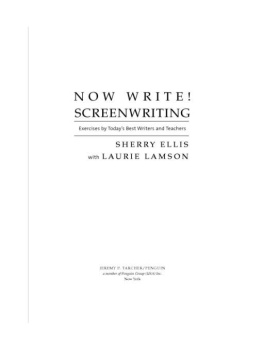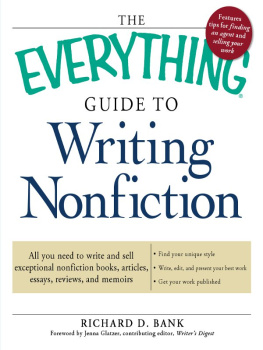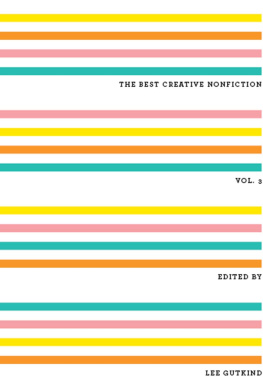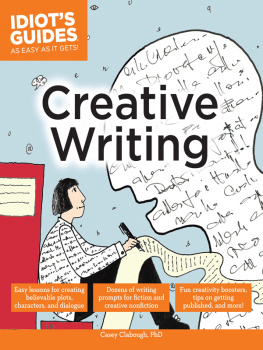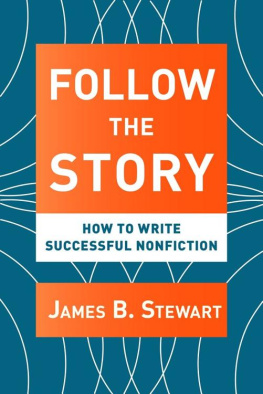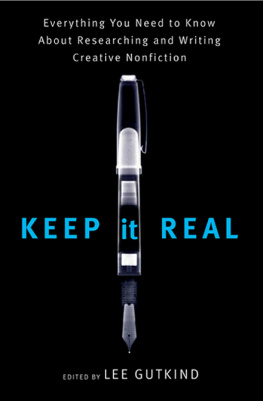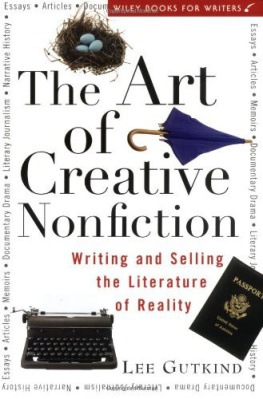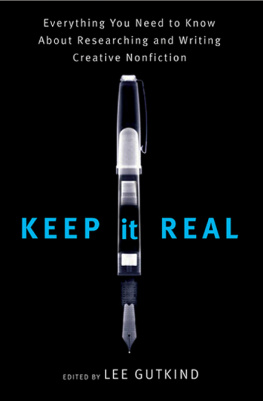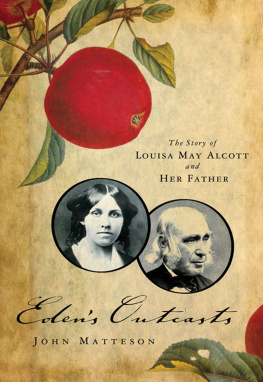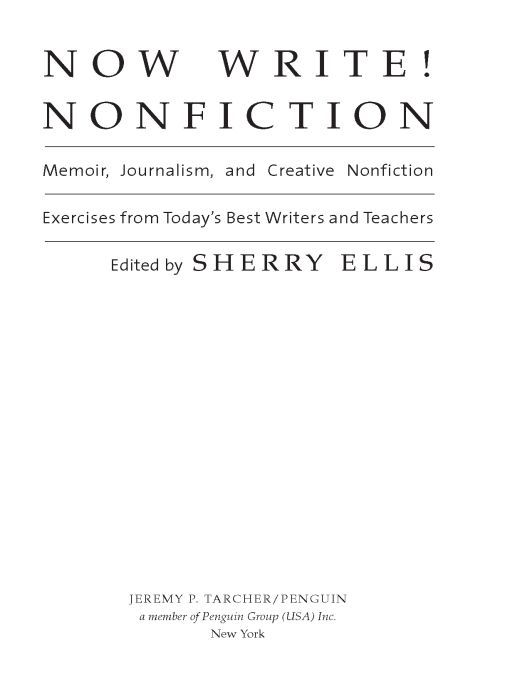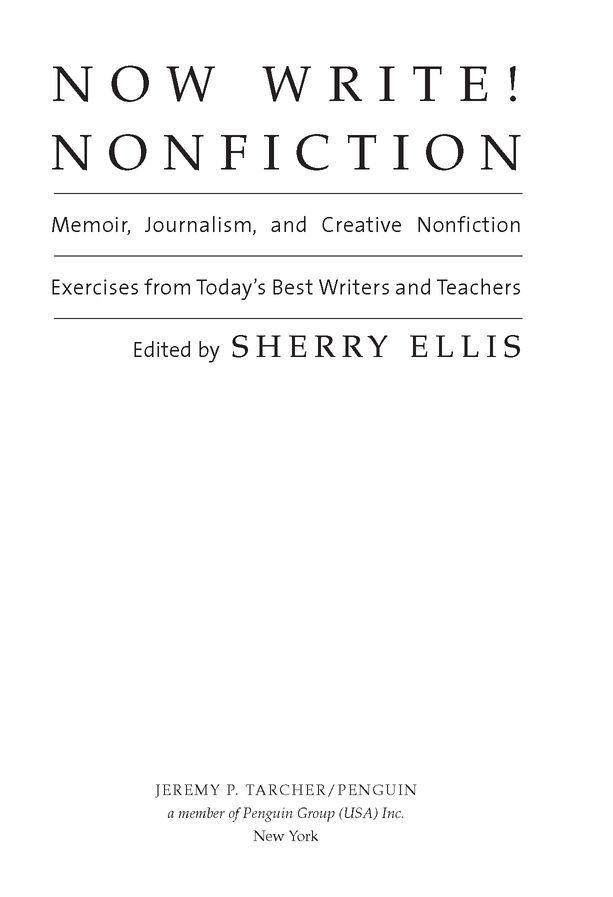Sherry Ellis - Now Write! Nonfiction: Memoir, Journalism, and Creative Nonfiction Exercises from Todays Best Writers and Teachers
Here you can read online Sherry Ellis - Now Write! Nonfiction: Memoir, Journalism, and Creative Nonfiction Exercises from Todays Best Writers and Teachers full text of the book (entire story) in english for free. Download pdf and epub, get meaning, cover and reviews about this ebook. publisher: Penguin Publishing Group, genre: Detective and thriller. Description of the work, (preface) as well as reviews are available. Best literature library LitArk.com created for fans of good reading and offers a wide selection of genres:
Romance novel
Science fiction
Adventure
Detective
Science
History
Home and family
Prose
Art
Politics
Computer
Non-fiction
Religion
Business
Children
Humor
Choose a favorite category and find really read worthwhile books. Enjoy immersion in the world of imagination, feel the emotions of the characters or learn something new for yourself, make an fascinating discovery.

- Book:Now Write! Nonfiction: Memoir, Journalism, and Creative Nonfiction Exercises from Todays Best Writers and Teachers
- Author:
- Publisher:Penguin Publishing Group
- Genre:
- Rating:5 / 5
- Favourites:Add to favourites
- Your mark:
Now Write! Nonfiction: Memoir, Journalism, and Creative Nonfiction Exercises from Todays Best Writers and Teachers: summary, description and annotation
We offer to read an annotation, description, summary or preface (depends on what the author of the book "Now Write! Nonfiction: Memoir, Journalism, and Creative Nonfiction Exercises from Todays Best Writers and Teachers" wrote himself). If you haven't found the necessary information about the book — write in the comments, we will try to find it.
Beginners and seasoned writers alike will relish the opportunity to use the top-notch writing exercises collected in Now Write! Nonfiction culled from the personal stashes of bestselling and critically-acclaimed nonfiction authors like legendary essayist Gay Talese (Thy Neighbors Wife), New York Times-bestselling authors Ishmael Beah (A Long Way Gone: Memoirs of a Boy Soldier) Reza Aslan (No God but God: The Origins, Evolution, and Future of Islam), and Tilar Mazzeo (The Widow Clicquot), 2008 Pulitzer Prize-winner John Matteson (Edens Outcasts: The Story of Louisa May Alcott and Her Father), creative nonfiction icon Lee Gutkind (Creative Nonfiction magazine), and many other top memoirists, journalists, and teachers of creative nonfiction, these exercises offer fresh ideas for every facet of creative nonfiction writing, from pushing through writers block to organizing a story, capturing character to fine-tuning dialogue, injecting new life into a finished piece to starting a new work from scratch.
Now Write! Nonfiction will take you out into the field with creative nonfictions master practitioners:
*Peek inside Gay Taleses mind, as he shares the writers road map he used to organize information for his classic book Thy Neighbors Wife and his seminal essay Frank Sinatra Has a Cold.
*Learn from Reza Aslan why what you remember isnt as important as why you remember it the way you do
*Explore the importance of cultural nuance in language with Ishmael Beah
*Discover Lee Gutkinds simple trick, performed with a highlighter, that can help any writer identify whether their piece is truly showing action, or just telling
An essential resource that will help writers of any level to hone their craft and get writing, Now Write! Nonfiction offers over 80 quick, simple exercises trusted by top nonfiction writers to get their pen moving!
Retail.
Sherry Ellis: author's other books
Who wrote Now Write! Nonfiction: Memoir, Journalism, and Creative Nonfiction Exercises from Todays Best Writers and Teachers? Find out the surname, the name of the author of the book and a list of all author's works by series.

